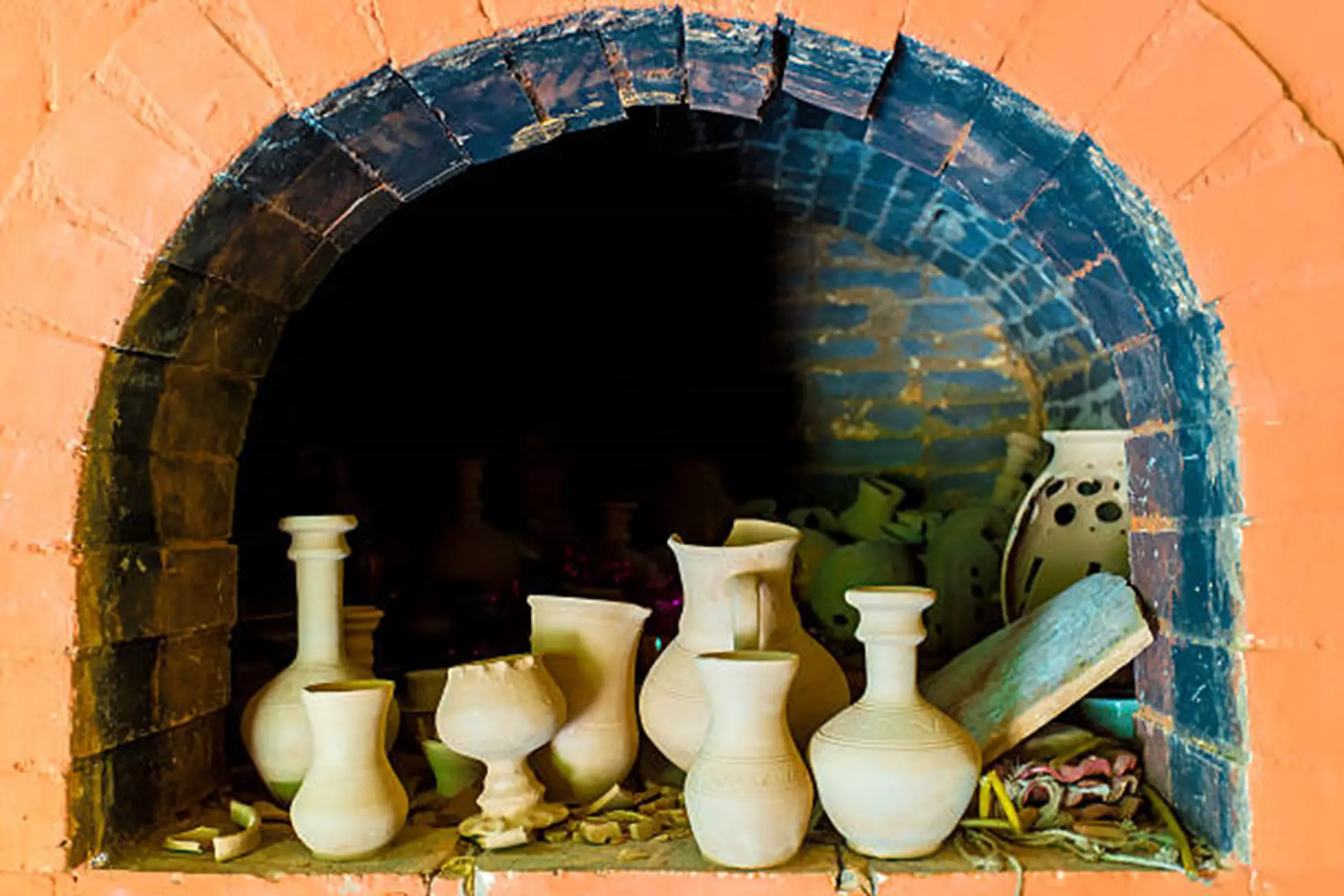Pottery is an essential human art that demands precision and attention to detail from everyone who takes it up. However, even this unique art is not free of various problems. Amongst the many challenges obstructing the perfect piece is the issue of air bubbles, whether during shaping, kiln firing, or glazing. This article shall help potters learn the complementary art of “troubleshooting pottery,” which shall help them deal with air bubbles in their kiln creation by taking pre-emptive steps.
Understanding Why Air Bubbles Form in the Pottery
Before understanding the how, what, and where of the air bubble problem in pottery, we shall first understand why air bubbles may form in your creations. Air bubbles are amongst the most annoying and persevering problems in pottery pieces. While we understand that air bubbles are nothing but trapped air, we shall also know how they come about:
- Inadequate Wedging and Kneading
In pottery, there needs to be a proper foundation for your creation to be sustained. For this, you shall employ proper wedging and kneading of the clay. If you do not wedge or knead the clay enough, it can lead to many air bubbles.
- Improper Clay Preparation
How you prepare your clay plays an essential role in the final product. Less hydration leads to more air trapped in the crevices, and you need to pay close attention so that the consistency stays in order.
- Issues with Kiln Loading and Firing
Loading and firing in the kiln can also contribute to air bubble formation. Poor stacking techniques and improper firing schedules may create an environment where air bubbles thrive, causing imperfections in the pottery.
What Pre-Emptive Measures Can One Take to Avoid Bubbles in Kiln Creations?
While there are many reasons to be noted, the ones that lead to bubbles, it is also essential to know that there are specific pre-emptive measures to avoid bubbles entirely. Taking proper measures before you load the pottery into the kiln helps you become a more refined potter who can resolve issues before they arise. Let us understand these in detail:
1. Right Kneading and Wedging
To avoid the formation of air bubbles, it is essential to master the art of kneading and wedging. Proper wedging ensures the clay is homogenous, while proper kneading ensures the clay remains consistent.
2. Best Clay Preparation Practices
Good hydration is another crucial step to ensure no air bubbles in your pottery. Make sure the clay remains moistened and does not have dry spots that can facilitate air entrapment. This simple practice can set the stage for a flawless piece. Use the Old Potters Low Fire Pottery Clay to start your pottery ventures. It is a low-effort medium made using premium quality material and valuable for potters across skill levels.
Troubleshooting Tips for Air Bubbles in Pottery
Before, during, and after are the periods of the pottery that you need to pay attention to. During all these, there are various steps you can employ so your work has a bubble-free finish throughout. Here are the top 3 steps to take at multiple stages to eliminate the existence of air bubbles:
1. Visual Inspection
Before you toss your piece in the kiln, there is a need for a visual inspection. Potters need to be careful about examining the surface for any signs of bubbles. Identifying any problems earlier helps you employ the proper pre-emptive measures on time.
2. Utilizing Tools
While visually inspecting the piece, use tools like needles and pins to help you remove air bubbles as soon as you see them. Pierce the bubble to release the trapped air gently.
3. Refiring Options
If surface problems still exist after the pottery has been fired, consider refiring it. However, consider the type of clay and glazes used, which are essential to prevent further issues. Controlled refiring can sometimes be a good thing to cure imperfections.
Conclusion
Pottery needs troubleshooting concepts at all times so you can make the right pieces without any structural problems. By adopting the proper pre-emptive measures and strategies, you, too, can elevate your craft to make beautiful creations. The tips mentioned above, and the steps are crucial for you to try out if you notice the presence of unnecessary air bubbles in your pottery.







